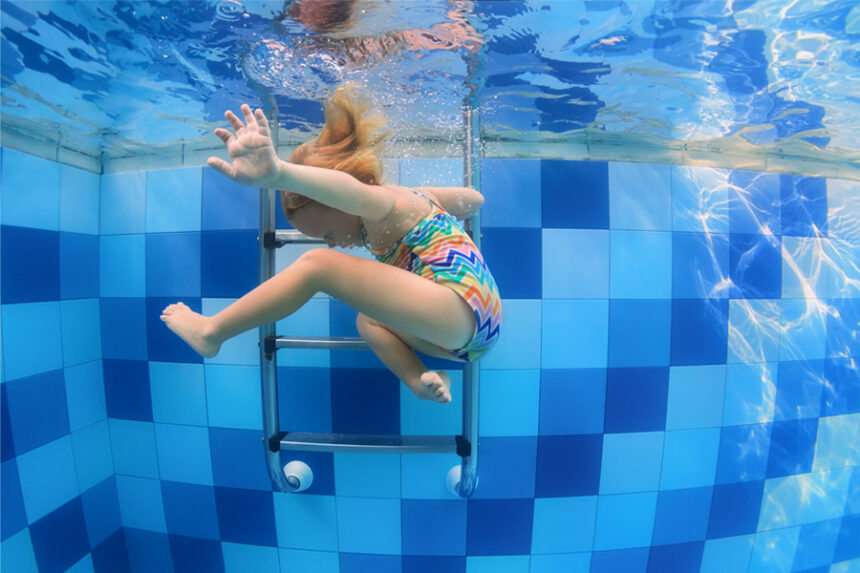It’s a sobering statistic: Drowning is a leading cause of death for children. Splashing in water is fun for kids whether you’re a tiny tot or a tough teen, but it’s essential to make water safety a priority to prevent accidents and potential drownings.
We talked to UNC Health pediatrician Edward Pickens, MD, to learn what parents can do to help keep kids safe around water. Here are five ways to reduce the risks.
1. Pay attention anytime your child is in water.
Never leave young children unattended around water. For children under age 1, the biggest risk for drowning is the bathtub, Dr. Pickens says. As they get a little older, it’s drowning in pools.
“Parents are distracted by lots of things. Some of that’s by choice, and some of that’s by just other factors that are on their list of things to do,” Dr. Pickens says. “But when your child is around water, your job is to watch your child.”
Make sure your children know they are never allowed to be around bodies of water without an adult present. Stay within arm’s reach anytime your child is swimming or playing near water.
Follow this advice even if your child is wearing a flotation device such as water wings, Dr. Pickens says. Life jackets and water wings can provide a sense of security, but children can still go underwater and encounter risks even with flotation devices.
2. Don’t expect big splashes when a child is drowning.
Despite what you may see on TV or in the movies, drowning is not accompanied by big splashes or gasping for air. Drowning is swift and silent—there may not be any splashing or cries for help.
“When children drown in pools, it’s completely silent,” Dr. Pickens says. “There’s not going to be something that’s going to call your attention back to where it should be. If your attention is elsewhere, even if you’re standing right next to your child, bad things can happen.”
3. Add a fence around pools.
Whether you have a pool or you’re visiting family or friends who do, make sure it’s fenced off on all four sides.
“The absolute best thing you can do is put a fence around the entire pool,” Dr. Pickens says. “Even if your children are older and able to swim, you never know who’s going to be there, and you never know when it’s going to happen.”
Regularly check pool latches to prevent unsupervised access, especially for young children. Fences should be at least 4 feet high with self-closing and self-latching gates. A pool alarm can provide an added layer of safety.
4. Teach your child how to swim early.
Teaching your child to swim at a young age is important.
Enroll your child in swimming classes as soon as they can follow instructions. Swimming lessons teach children the basic skills needed to navigate the water. By learning how to swim and understanding water-related dangers, children can develop essential lifesaving skills and make better decisions around bodies of water.
5. Know where your older kids are at all times.
Unfortunately, as kids get older—especially boys—they tend to take risks and make poor decisions around water.
“As you get to the teenage years, you get into things like risk-taking and, unfortunately, alcohol, and the most common place for a teenager or a young adult to drown is a natural body of water,” Dr. Pickens says.
This can include jumping into a lake without a lifeguard nearby and not realizing how deep it is or accidents while boating.
“The vast majority of people who die in boating accidents are not wearing life jackets, and the vast majority of boating accidents have alcohol as a contributing factor,” Dr. Pickens says. “There is some impulsivity involved as well, and those bad decisions can be life-changing.”
That’s why it’s important to know where your older kids will be and to emphasize the importance of making safe choices around water, Dr. Pickens says. “Knowing where your kids are, what they’re doing and who they’re with is a very, very important safety factor as well.”
Talk to your child’s doctor about preventing drowning. Need a doctor? Find one near you.

